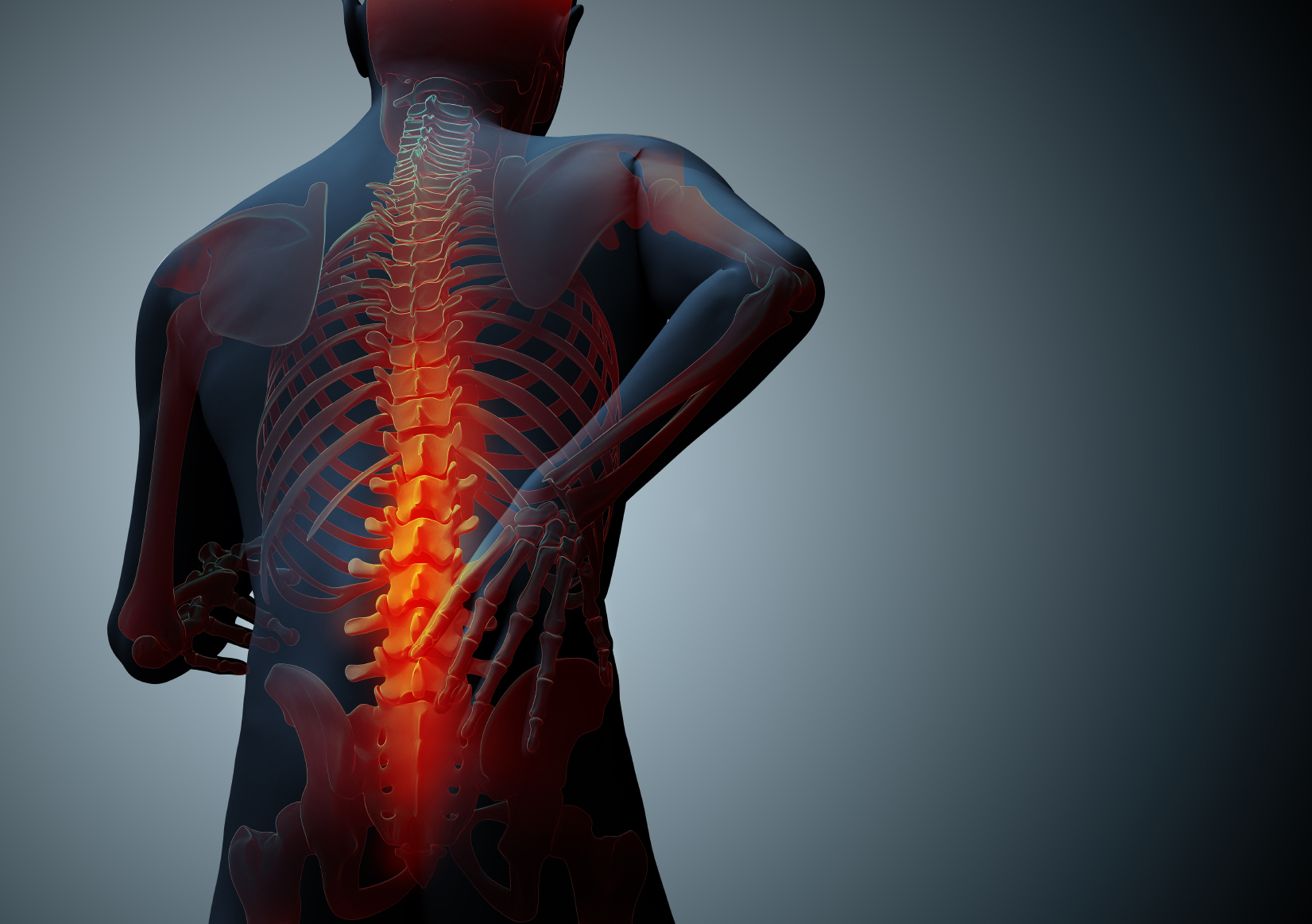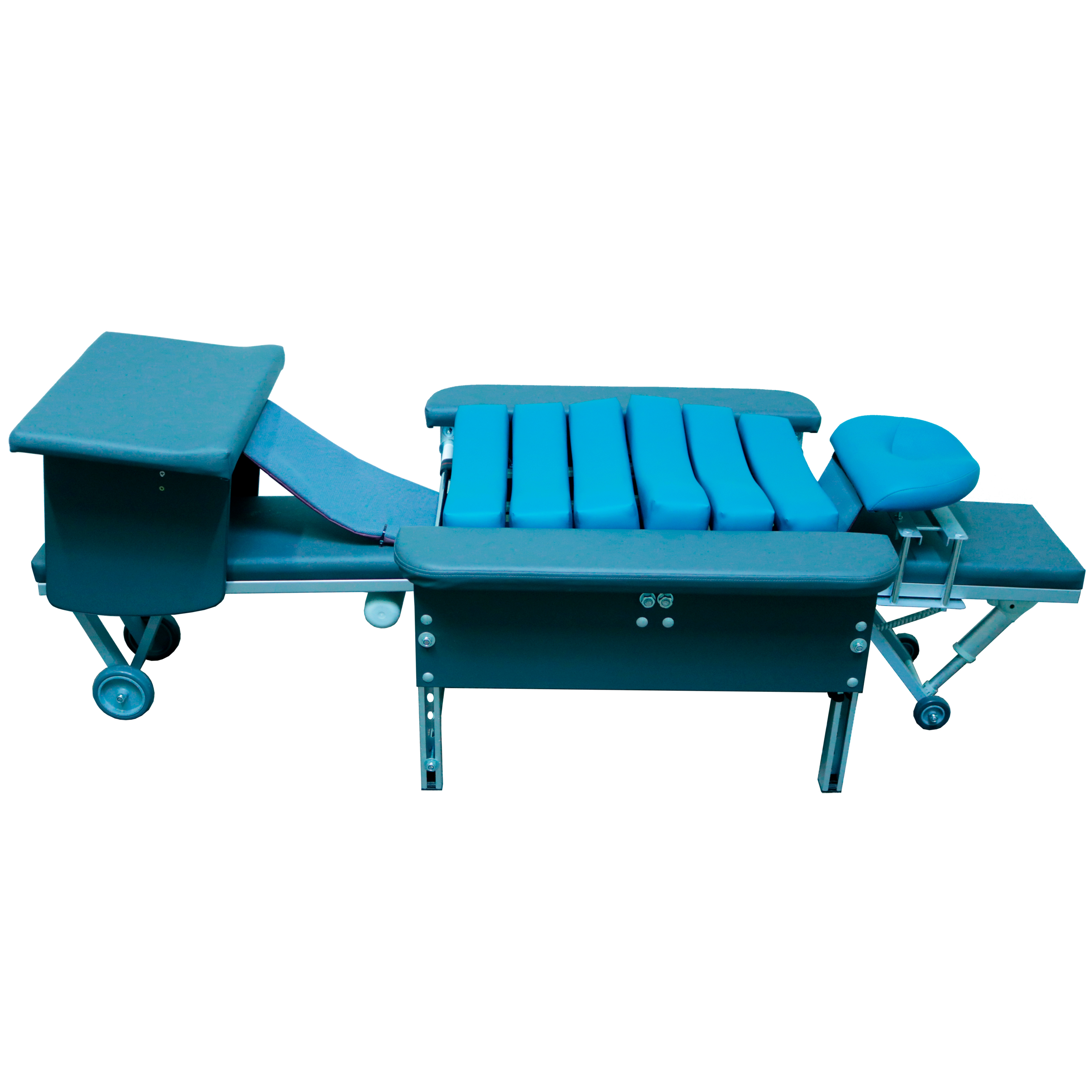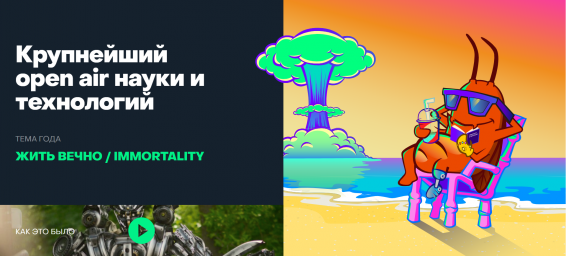To use a new method of prevention and treatment of the spine by restoring intervertebral discs using traction along the line of the natural curvature of the spine, supporting its physiological curvature, including special conditions of microvibration and heat exposure.
To use a new method of prevention and treatment of the spine by restoring intervertebral discs using traction along the line of the natural curvature of the spine, supporting its physiological curvature, including special conditions of microvibration and heat exposure.
To use a new method of prevention and treatment of the spine by restoring intervertebral discs using traction along the line of the natural curvature of the spine, supporting its physiological curvature, including special conditions of microvibration and heat exposure.





